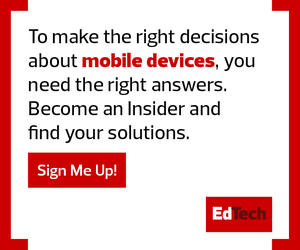Mobile Labs Boost Curiosity and STEM Literacy
Mobile STEM labs are some students’ first exposure to advanced technologies such as robotics, 3D printing, flight simulators, augmented reality and more. By getting students excited about these technologies, mobile labs open the door to possible career paths in STEM and continued STEM education.
“We allow them to have 20 minutes’ time in the lab, so students are in and out,” says Kuldeep Rawat, dean of the School of Science, Aviation, Health and Technology at Elizabeth City State University. “But the students don’t want to leave the lab.”
Rawat, who is also the site director for the university’s NASA K–12 Aerospace Academy Program, says the program’s mobile lab was developed after ECSU realized they could provide more access to STEM and aerospace lessons. The university has a brick-and-mortar lab, but it reaches more students with its mobile lab, which uses the National Center for Women and Information Technology’s “Roadshow-In-A-Box” outreach concept. This STEM lab on wheels travels throughout the 21 counties of Northeastern North Carolina.
“The goal of the project is to improve STEM literacy and expose the entire K–12 student population to the latest and greatest technology when it comes to STEM,” Rawat says.
Whether seeing this technology for the first time or understanding these lessons through a new lens, the mobile STEM labs create curiosity and revigorated interest in STEM careers.












